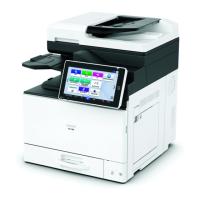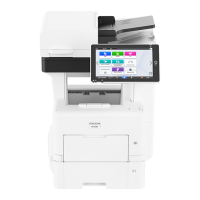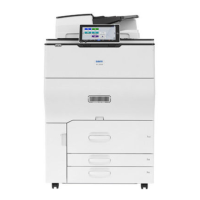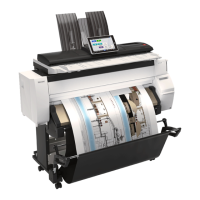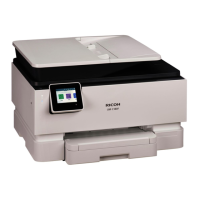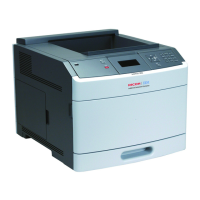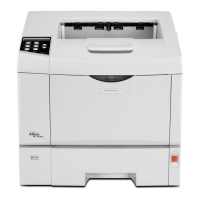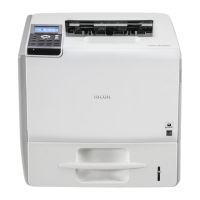Authentication
method
Supports the following authentication methods:
NTLM authentication (NTLMv1/NTLMv2)
Kerberos authentication
Requirements for
authentication
Set up a domain controller in the domain you specify.
To obtain user information when Active Directory is running, use
LDAP. It is recommended that communication be encrypted between
the machine and the LDAP server by using SSL/TLS. The server
must support the TLS 1.0/1.1/1.2 or SSL 3.0 encryption method.
Register the server certificate of the domain controller in advance.
Creating a Server Certificate
TLS 1.0/SSL 3.0 is disabled in the factory default setting. To use
TLS 1.0/SSL 3.0, specify TLS 1.0/SSL 3.0 to Enable on Web Image
Monitor.
Data transmission between the machine and the KDC (Key
Distribution Center) server must be encrypted if Kerberos
authentication is enabled.
Encrypting Network Communication
The server can authenticate users managed in other domains, but cannot obtain information such
as an e-mail address.
When Kerberos authentication is enabled together with SSL/TLS, the e-mail address cannot be
obtained.
Even if you edit an authenticated user's information, such as an e-mail address, in the machine's
Address Book, it may be overwritten by the information from the server when authentication is
performed.
If you created a new user in the domain controller and selected "User must change password at
next logon" at password configuration, first log on the computer and change the password.
If the Guest account on the Windows server is enabled, users not registered in the domain
controller can be authenticated. When this account is enabled, users are registered in the Address
Book and can use the functions available under [* Default Group].
LDAP authentication
Items Explanations
Usable version LDAP Version 2.0/3.0
Authentication
method
Kerberos authentication
Digest authentication
Cleartext authentication
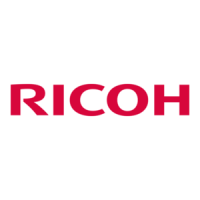
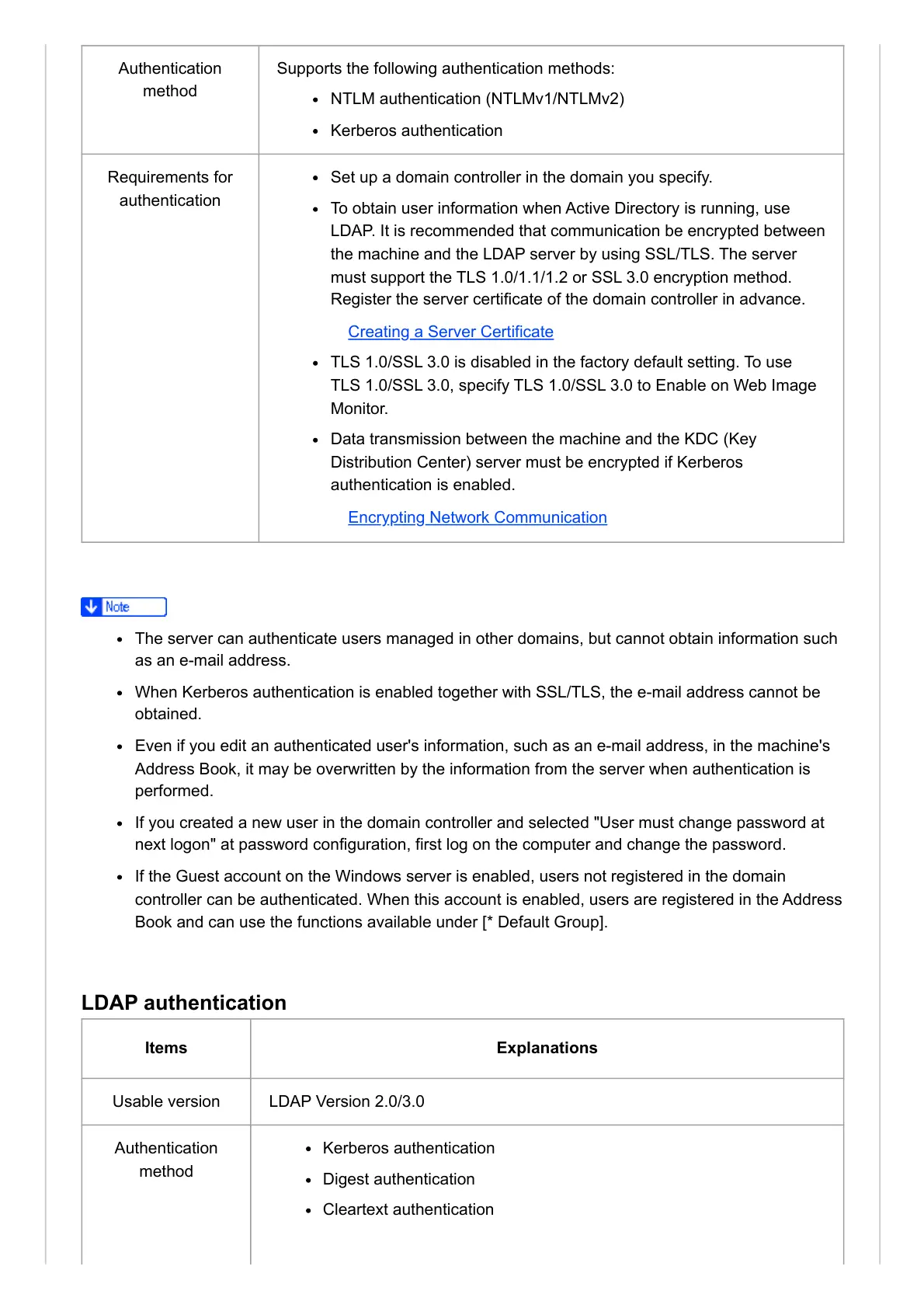